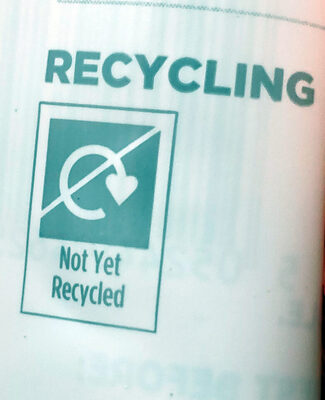Oranges - Asda - 5
This product page is not complete. You can help to complete it by editing it and adding more data from the photos we have, or by taking more photos using the app for Android or iPhone/iPad. Thank you!
×
Barcode: 5052449462531 (EAN / EAN-13)
Common name: Oranges
Quantity: 5
Packaging: Ldpe-bag
Brands: Asda
Categories: Plant-based foods and beverages, Plant-based foods, Fruits and vegetables based foods, Fruits based foods, Fruits, Citrus, Fresh fruits, Oranges, Fresh oranges
Labels, certifications, awards: Class I
Origin of ingredients: Spain
Manufacturing or processing places: United Kingdom
Link to the product page on the official site of the producer: https://groceries.asda.com/product/orang...
Stores: Asda
Countries where sold: United Kingdom
Matching with your preferences
Health
Ingredients
Food processing
Additives
Ingredients analysis
Nutrition
Report a problem
Data sources
Product added on by tacinte
Last edit of product page on by lepamala.
Product page also edited by alia, ecoscore-impact-estimator, kiliweb, openfoodfacts-contributors, swipe-studio, teolemon, yuka.sY2b0xO6T85zoF3NwEKvlhBcYYTyiSydOwbQk1S0ndTREs3ZeuF-4KHraao.








